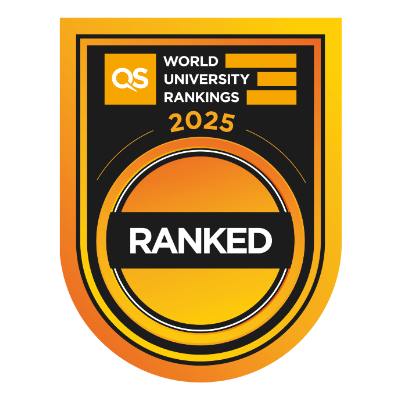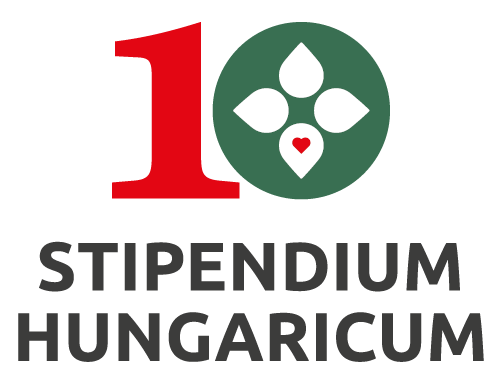The student team of SZE want to break World Record with a car honed to perfection
Last May, the SZEnergy Team won both the energy efficiency and autonomous categories, closing the world's largest energy efficiency race, the Shell Eco-marathon, with a double victory and breaking its own previous world record. The team from Széchenyi István University in Győr has set the bar even higher than usual this year, aiming for a double title, if possible with another world record. Before travelling to the race venue, they presented their completed developments.
.jpg)
Members of the SZEnergy Team with this year's car (Photo: Márton Horváth / Széchenyi István University)
At the event, team leader Balázs Für explained what the team can expect at this year's Shell Eco-marathon. The European race will be held once again at the Nogaro circuit in France at the end of May, where the autonomous race testing energy efficiency and self-driving features will also take place. The former is divided into two main types: prototypes and urban concepts, while the powertrain can be internal combustion, electric or hydrogen cell. The Győr-based vehicle, named SZEmission, will be electrically powered in the urban concept category.
Looking back on the results of 2023, the team leader said that they had managed to retain their first place in the energy efficiency race, which they achieved with a new world record. The result of 291 km/kWh means that the car would have covered 291 kilometres using one kilowatt-hour of energy, if the consumption is converted on the basis of the actual number of kilometres driven. It is interesting to note that in 2022, they achieved a better result than the runner-up by only 5 percent, compared to 20 percent last year, a four-fold increase. In addition, the team was able to achieve a double, as the team members were able to climb to the top step of the podium in the autonomous event, after winning silver in the silver medal a year earlier.
“Our two main improvements this year were the front suspension and the bearings, with a focus on reducing rolling resistance. With the new design, we have managed to reduce the weight by half a kilogram and we have also improved the stiffness of the car. Last year we had problems with the spring strut, so we used a retaining ring to guarantee reliability,” said Balázs Für, who is also head of the engineering department in addition to his position as team leader.
.jpg)
Balázs Für spoke about the development of the engineering department (Photo: Márton Horváth / Széchenyi István University)
“Our battery monitoring system has been the same since 2015 and it was time to replace it. At that time, it was not designed for such a heavy load, so the device had to be replaced continuously. Over the years, it has repeatedly resulted in critical failures when the car is turned on, largely caused by contact failure in the battery cell connectors. This year, we have eliminated these problems and the new system is not only easier to install, but will also withstand the high stresses and strains,” said András Tímár, head of department, explaining the most important development this year.
Changes have also been made to the car's telemetry system. Previously, the data link with the vehicle was often lost if it was hidden behind a physical obstacle or simply moved too far off the track. For a while, no information about the car was sent to the pit lane. To remedy this, a new antenna with a range of two kilometres was fitted to the vehicle, covering the entirety of the track.
“As a third important improvement, we have replaced the car's electronics panel with a more modern, more transparent printed circuit board, and we have also redesigned the layout of the autonomous hardware platform to make it easier to install. The latter has been upgraded with a new nVidia Jetson Orin computing unit, because we will need its capacity to solve autonomous tasks. This will of course mean some extra power consumption, but as the autonomous platform will only be integrated into the vehicle during self-driving tasks, it will not add to the energy efficiency figure,” says the head of department.
.jpg)
"The car's idle power consumption is less than half a watt. That's the power the car draws after starting until the engine is running. We can't improve this much, so this year we've focused on improving operational safety," said András Tímár, outlining the direction of this year's electronic developments. (Photo: Márton Horváth)
On the developments of the autonomous side of things, Miklós Unger, head of department, stressed that although they won the autonomous category last year, the vehicle's self-driving system did not always work properly, so there is room for improvement.
"We had to complete three tasks last year, one after the other, which left many teams confused. We had to get from one point on a non-straight section to another, then avoid obstacles on a straight section, and finally park in an empty parking space. Of these, we failed to complete the parking manoeuvre. The problem was caused by the fact that our algorithm made the decision based solely on the camera image, so this year we are using the data from the LIDAR laser scanner that scans the environment, improving our efficiency a lot," said the head of the department.
"To give the car increased vision on the track, we have fitted a new camera and a laser scanner with a longer range of vision. This way, our solution will be less sensitive to different light conditions and we will be able to detect different objects much faster," he said.
Finally, Bíborka Bartha, representing the marketing and management department, explained the team's outreach on the different platforms. The media section had one and a half million views, thanks to a brilliant performance, but the numbers on social media were also outstanding. "These are the figures we want to use most of all to convince our sponsors that it's worth putting a lot of emphasis on impressions. This year, we have five new partners on our list of sponsors, which now includes more than thirty companies and institutions," said the trainee at the Széchenyi University Vehicle Industry Research Center.











